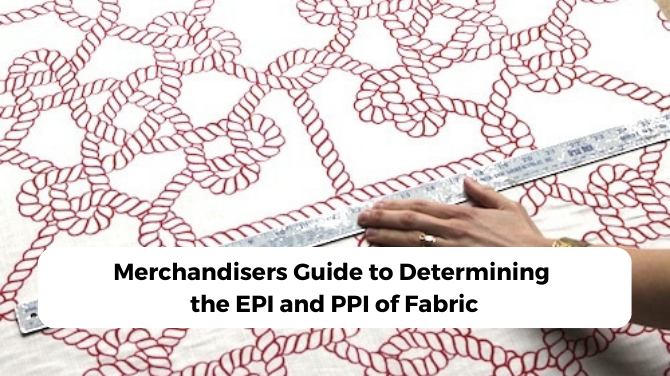In apparel manufacturing, quality is one of the important factors that determine the success of the business. Apart from protecting the products from invisible defects, like color fading, stiffness, tearing at the later stages of use, it is also important to provide customers with apparels without any visible defects either. In this article, we are going to understand how you can measure defects and defective pieces. But first, let’s understand both these concepts.
What is a Defect in Garment Manufacturing?
A garment defect is an improper parameter that does not match with the quality parameters stated by the client. A defect is an imperfection that makes the product imperfect. They are classified when quality control practices are implemented. Defects are identified from the stages of raw material sourcing to finished products.
What Are The Type of Defects in Apparel Manufacturing?
Defects can be divided into:
- Minor Defect: Minor defects are not noticed by the buyer in one or two casual glance. It do not interfere with the functioning or the appearance of the product.
- Major Defect: A major garment defect affects the functioning and can be easily noticed by the buyer. It is more likely that the buyer return products that are having major defects on it.
- Critical Defect: Critical defects are the most serious defects because an item becomes unusable. It is important for manufacturers and merchandisers, quality assurance managers etc to make sure their products do not have an critical defects as they can put companies out of business with lawsuits and product recalls.
Common garment defects to watch out for
- Drop stitches:
Drop stitches are the missed stitches that appear on the fabric. It is caused by incorrect yarn carrier, slub, knots, yarn overfeeding or underfeeding or loose stitching. By ensuring the correct tension on yarn carrier, this issue can be resolved.
- Dye marks:
Dye marks appear on the surface of the product caused due to improper handling, low quality fabric, improper leveling agent, incorrect pH etc during the production and dyeing stages.
- Horizontal lines:
Irregular lines that run from one side to the other, appearing on the surface of the fabric caused mainly due to irregular bobbin or thread tension.
- Shade variation:
The difference in the depth of the color or shade from one piece to the other is called as shade variation.
- Stains:
These are spots or color patches with various color on the material. Due to dirt and improper handling of the fabric, stain can occur. Mostly from factory floors, machinery oils, or dyes.
How to measure garment defect?
There are mainly two ways to calculate the garment defect. They are:
- Defects per hundred units (DHU):
Total number of defects * 100 / total pieces checked
- Defect percentage:
Total number of defective pieces * 100 / total pieces checked
Tips to Reduce Defects in the Garment Manufacturing
- Evaluate:
Ensure ISO (International Sampling Standard) while sampling and evaluating the samples.
- Develop samples at various stages:
Adopt level 3 sampling against the ISO standards, controlled and verified with normal level 2 sample plan.
- Adopt zero-defect policy:
Communicate to the manufacturer that your company do not entertain defect and have a zero-defect policy. Do not accept defect products.
- Quality check:
Replace any low quality products from the final products. Give full responsibility to the manufacturer and held them responsible.
Conclusion
At Dinesh Exports, we have a 4 point system for quality check and follows international sustainability standards in f=our fabric manufacturing processes. If you are looking a reliable woven fabric manufacturer that can provide various type of woven fabric, please reach out to us. Follow our LinkedIn page here.






